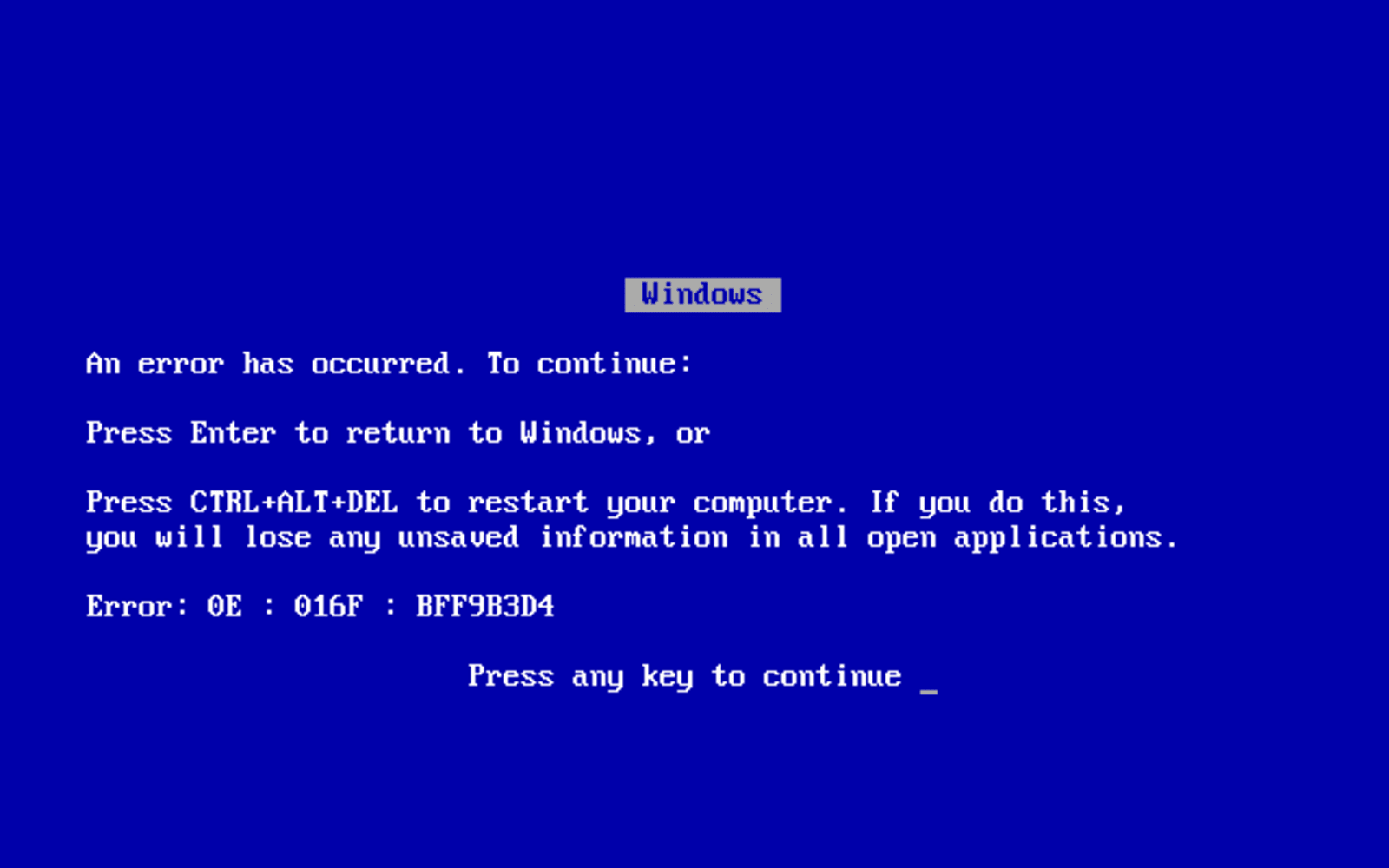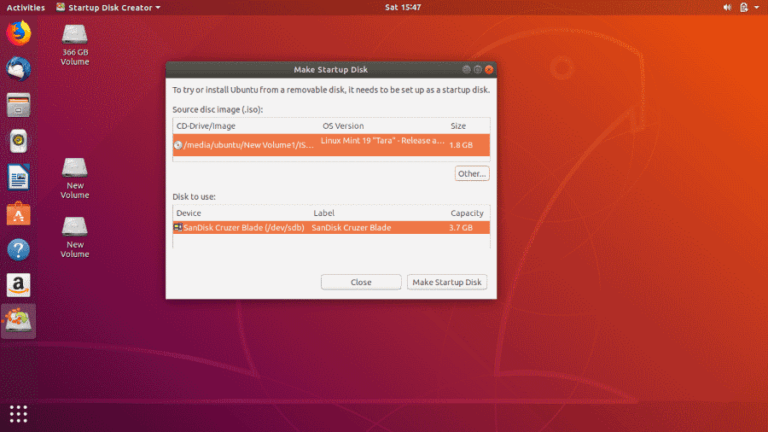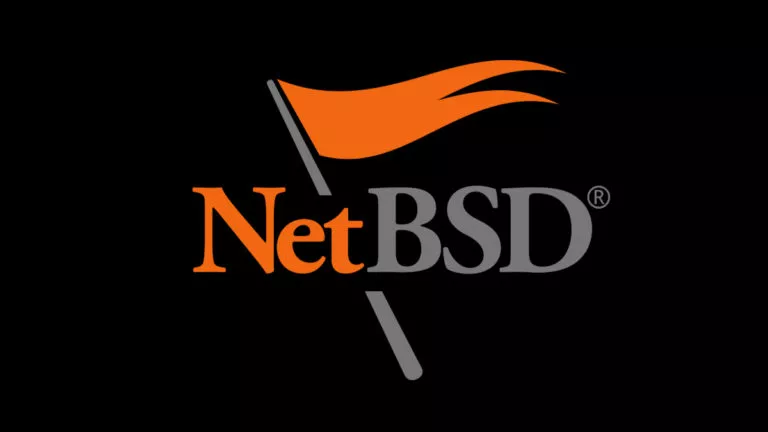New Blue Screen of Death In Linux: Everything You Need To Know

The Blue Screen of Death (BSOD) in Windows has become a bit of a meme over the years, with people reporting on how it interrupts their workflow. Now, as per a new report from Phoronix, Linux is adopting its version of the blue screen of death, which aims to serve as an emergency aid for logging errors during system boot failures. Here’s everything you need to know about it.
How does Linux Blue Screen of Death (BSOD) work?
According to the report, the Linux systemd-BSOD service, currently labeled “experimental” and “subject to change,” represents a significant step forward. This is because, unlike Windows, where the blue screen of death signals a total system breakdown, Linux’s iteration triggers a full-screen display of error messages when an unfortunate failure occurs.
These messages aim to provide crucial insights into boot problems by showing a QR code. Scanning this code unveils detailed information about the root cause of the boot issue.
Launched as part of the broader systemd version 255 update, it is important to recognize systemd’s critical role in managing services and system settings across major Linux distributions, from Debian and Fedora to other downstream distros.
While the feature is in an experimental phase, it’s expected to gradually become a standard inclusion across various Linux distributions, potentially by 2024.
More new features
The update also includes several new features. These include TPM support enhancements, granting users control over local TPM2 PCR policies. Moreover, internal process tracking has shifted to PIDFDs, enhancing stability and efficiency. Additionally, systemd streamlines the transition to new root file systems identified under /run/nextroot/ during reboot operations.
Finally, for virtualization enthusiasts, systemd 255 introduces “systemd-vmspawn,” an experimental tool similar to systemd-nspawn but designed explicitly for virtual machines, utilizing QEMU as its backend. And although the tool is still in its early stages, it presents a lot of opportunities for users.






